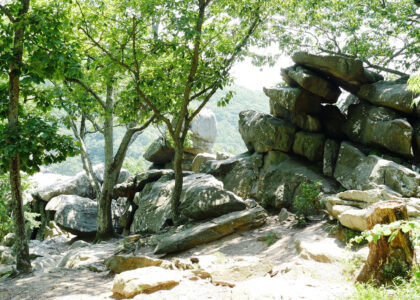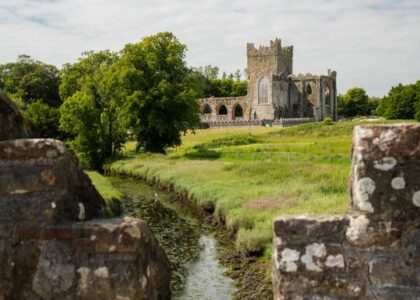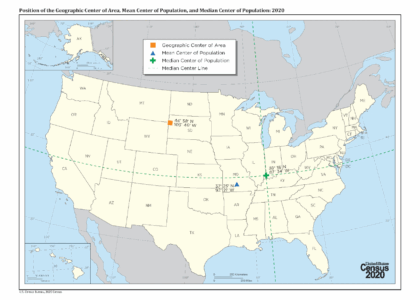Welcome to the Lummus Park Historic District, a vibrant and historical enclave nestled in the heart of Miami. As you walk through this area, you’re stepping into a living museum that tells the story of Miami’s early days and its evolution into the bustling city we know today. Established in 1909, Lummus Park was one of the first green spaces created in Miami, offering a respite from the rapidly developing urban landscape. This district is more than just a park; it’s a tapestry woven with stories from the past.
Let’s journey back to the mid-19th century when William Wagner, a notable early resident, built what is now the oldest house in Miami around 1855. The William Wagner House stands proudly in Lummus Park, having been relocated here in 1979 to preserve its historical significance. Wagner, a German immigrant, was a key figure in Miami’s early community, fostering relationships with the Seminole tribes and contributing to the area’s growth.
Nearby is Ft. Dallas, an intriguing piece of history that was originally part of a military installation during the Seminole Wars. The fort served as army barracks and slave quarters, and in a remarkable feat of preservation, it was dismantled and reconstructed in Lummus Park in 1925. This site serves as a poignant reminder of Miami’s complex history.
The district also boasts the majestic Scottish Rite Temple, completed in 1924. This architectural marvel is a testament to Miami’s rich cultural tapestry, hosting Masonic rituals and community events for nearly a century. Another gem of the district is the Trinity CME Church, built in 1922, which has been a spiritual haven for its congregation and a cornerstone of the community.
Lummus Park Historic District is not just a relic of the past but a living, breathing part of Miami’s present. It hosts the annual Miami River Day Festival, a lively event in early April that celebrates the Miami River’s historical and environmental significance. As you explore, imagine the vibrant community life that once thrived here, with families living in charming Mediterranean Revival and Mason Vernacular homes.
Today, the district stands as one of the last residential neighborhoods in downtown Miami, a steadfast guardian of history amidst a sea of modern development. Its palm-lined promenades and historical landmarks offer a unique glimpse into the city’s early days, making it a must-visit for history buffs and casual visitors alike.






